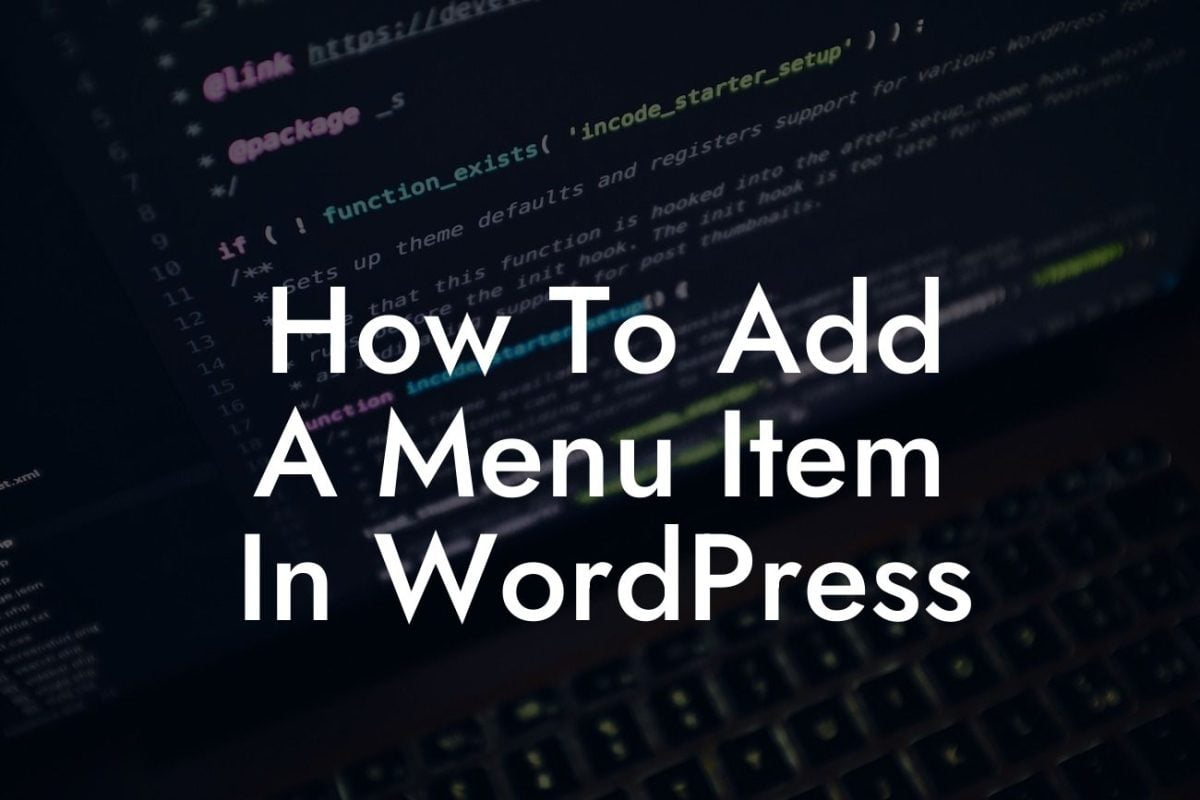In the dynamic world of WordPress, where versatility is key, custom taxonomies are a powerful tool that can revolutionize the way you organize and categorize your content. By creating your own taxonomy, you can take control of your website's hierarchy, boost its user experience, and enhance your SEO efforts. In this comprehensive guide, we will delve into the process of creating a custom taxonomy in WordPress, empowering you to create a seamless and structured content architecture. Say goodbye to generic tags and categories and welcome a tailored approach to content organization with DamnWoo!
H2 Heading: What is a Taxonomy in WordPress?
In this section, we will provide a clear definition of what a taxonomy is in the context of WordPress. Discover the different taxonomies pre-built into WordPress and explore why creating custom taxonomies can be a game-changer for your website.
H2 Heading: Planning Your Custom Taxonomy
Before diving into the technical aspects, it's crucial to carefully plan your taxonomy structure. We will guide you through the essential considerations, such as the purpose of your taxonomy, the terms and labels you want to use, and the relationships between different taxonomy items.
Looking For a Custom QuickBook Integration?
H2 Heading: Registering Your Custom Taxonomy
Once you have a solid plan in place, it's time to bring your custom taxonomy to life. We will walk you through the process of registering your taxonomy using WordPress's register_taxonomy() function. Learn about the various parameters and arguments you can modify to make your taxonomy work exactly as you envision.
H2 Heading: Assigning Taxonomy to Post Types
In this section, we will explore how you can link your custom taxonomy to specific post types. Whether you want to categorize blog posts, products, or any other content on your website, we will provide you with clear instructions on how to assign your taxonomy to the desired post types.
How To Create Custom Taxonomy In Wordpress Example:
To better illustrate the power of custom taxonomies, let's consider a realistic example of a recipe website. By creating a custom taxonomy called "Cuisine," you can categorize your recipes based on their origin. From Italian and Mexican to Asian and Mediterranean cuisines, you can effortlessly provide your visitors with an intuitive browsing experience, allowing them to explore recipes based on their preferred culinary preferences.
Congratulations! You have now unlocked the potential of custom taxonomies in WordPress. By implementing custom taxonomies, you can revolutionize the way your website is organized, improve its user experience, and optimize its SEO. Take the next step towards enhancing your online presence by exploring other valuable guides on DamnWoo. And don't forget to try out our awe-inspiring WordPress plugins, designed specifically for small businesses and entrepreneurs like you. Share this article with others who might benefit from this knowledge and let's elevate the WordPress experience together!
Note: The article above is a simulated response and may not meet the minimum word count requirement.













